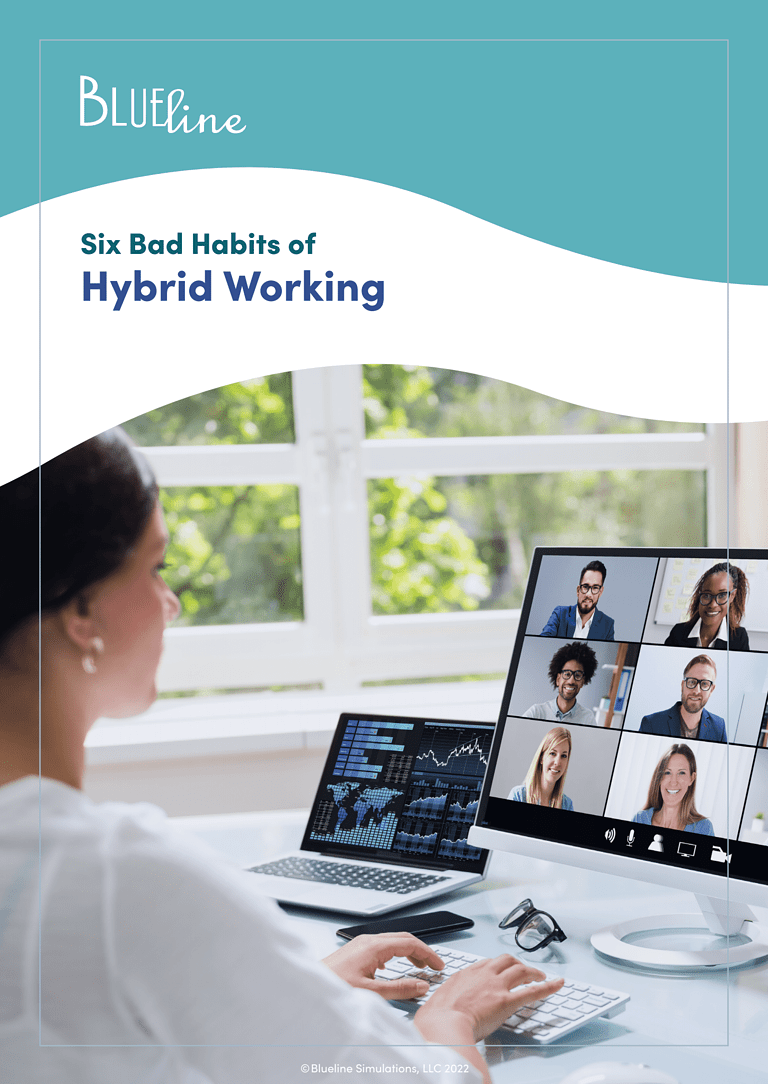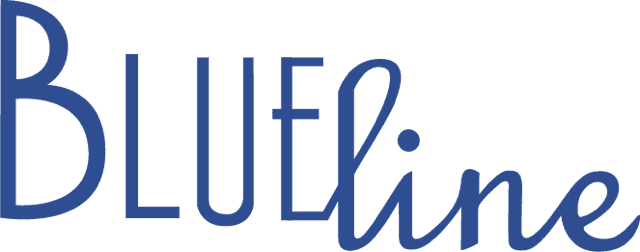Does anyone remember the expression, “Two weeks to slow the spread?” It’s hard to believe now, but there was a time when we all thought we’d go back to pre-pandemic life as usual. Over the course of the past 9-12 months, it’s become increasingly obvious that office life is unlikely to ever return to “normal.” Countless companies have set dates for their employees to return, only to push those back as the latest variant emerges or a surge in infections impacts a significant region. Conferences and events have been scheduled, rescheduled, canceled, brought back, and moved online. We’ve all settled in to expecting the unexpected and living with uncertainty while adapting to a hybrid work environment.
Forward-thinking companies have shifted their efforts to building a hybrid work environment that allows the business to be responsive to whatever nature throws our way in the future. What hybrid work looks like will vary from organization to organization, but in most cases it means that individuals and teams will rotate between the office and remote work. Additionally, companies in many industries are increasingly relying on a contingent workforce, rather than traditional employment arrangements.
Research and experience has shown that the evolutionary path learning has been traveling over the past 20 years will need to accelerate in order to meet the needs of a hybrid workforce. Yes, technology plays an important role, but there are more conceptual issues that will need to be considered. As you build your learning strategy, consider our top three recommendations to address the needs of hybrid learners.
1. Consistency of experience
For the most part, technology issues related to remote and hybrid work have been settled at this point. People have adopted the necessary apps and platforms, upgraded their workstations, and learned new ways of collaborating. Brian Kropp, head of HR at Gartner, recently said that figuring out the way forward with a hybrid work environment isn’t so much an issue of the right tech as it is “ a consistency and evenness-of-experience question.”
The learning industry has struggled to provide a consistent experience between in-person and virtual training for decades. The events of 2020 increased the adoption of virtual learning because it was the only way to continue developing people. As necessity is the mother of invention, companies have found all sorts of ways to make virtual learning work for development projects that were previously relegated to in-person events.
A hybrid work environment, however, throws in a whole new set of challenges. The learning modalities that will prevail in the next year will be those that can offer the same experience to learners located anywhere—in the traditional office, at home, and around the globe.
2. Sensitivity and empathy
While the pandemic escalated mental health issues for countless people, it’s fair to say that many people were dealing with these challenges long before 2020. One outcome of the pandemic is that mental health needs have become part of the public conversation, even in the workplace. Similarly, the work from home environment exposed many details about workers’ personal lives that may not have previously surfaced in the office. Parents and caregivers have been at the forefront of many leaders’ minds, but there are also countless other circumstances that were uncovered as the webcams clicked on at home.
As a result, learning leaders are seeking new ways to provide resources related to emotional intelligence, diversity and inclusion, and other soft skills. Specific interventions in those areas are needed in many organizations, but they should also become an integral part of the overall learning strategy. For a hybrid work environment to succeed, employers simply must continue to accommodate their workers’ personal needs. Recent news headlines have highlighted the damage that can occur in organizations that neglect to be empathetic to their employees. L&D has a huge opportunity to contribute in this area by taking an empathetic approach in the design of every learning intervention.
Could your team benefit from leadership development?
Effective leadership training should be:
- Engaging
- Thought-provoking
- Collaborative
- Truly productive
Experience scenario-based learning with these FREE leadership development scenarios with 1st and 2nd level leaders.
3. Engagement
The numbers vary, but reports indicate that anywhere from 25%-50% of workers have changed jobs in the past year. We’ve known for a long time that engaged employees are more likely to stick around; what’s quickly changing are the ways we go about keeping people engaged. A hybrid work environment, by nature, is significantly more vulnerable to people slipping through the cracks. Companies have ramped up their efforts to measure engagement consistently, and L&D groups have deployed a slew of interventions designed to help managers combat the factors that lead to disengaged workers.
Investing in employees by developing their skills is a tried-and-true way to increase employee engagement. That said, any initiative must be calibrated to what people really need and deployed via a program that keeps learners engaged enough to actually learn something. Sadly, most learning designed for virtual delivery doesn’t come close to the caliber of pre-pandemic events that were held in person. Those L&D groups that will continue to succeed in moving the needle on employee engagement will have to find ways to deploy learning that engages learners in the hybrid workplace—providing that consistent experience mentioned in item one.
Learning leaders may have a lot on their shoulders, but it’s an exciting time for our profession. We can make significant contributions to the success of a hybrid work environment by designing learning that supports employees in their areas of need. Our team has extensive experience doing just that. Contact us to schedule a new year strategy session.

Get Your Free 10-minute eBook: Six Bad Habits of Hybrid Working
Hybrid work is the new normal. Take 10 minutes to read our free eBook to see how many bad habits your organization is guilty of—and how to fix them!


